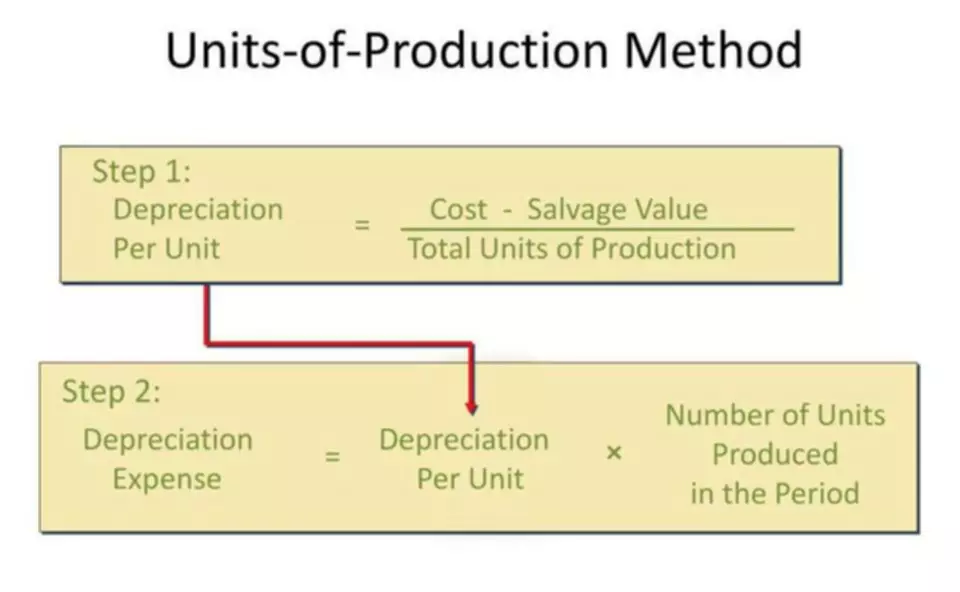Content

If a company isn’t faring well for net income but has investments doing well, then realizing some of those assets might keep the company steady when profits aren’t where they could be. Likewise, investments do poorly over the long run, comprehensive financial statements might signal it’s time to change the investment strategy. As a straightforward explanation, the account (other comprehensive income) is used to adjust the increase or decrease in fair value of certain investments.
- In the end, the income statement gives a view of the total bottom line.
- Other comprehensive Income (OCI) in company accounting refers to revenues, expenses, gains, and losses that have not yet been realized but are not included in net income on the income statement.
- Selecting the reporting period for your report is the first step in constructing an income statement.
- Then, from the income statement’s pre-tax income figure, deduct this.
- The $14,000 includes $9,000 of owner contribution and $5,000 of prior service cost not recognized in net periodic net pension cost.
Comprehensive income is the total of that net income plus the value of yet unrealized profits (or losses) in the same period. The net income section provides information derived from the income statement about a company’s total revenues and expenses. statement of comprehensive income The amount is adjusted to account for non-owner activities. A company’s income statement provides details about revenues and expenses, including taxes and interest. However, net income only recognizes earned income and incurred expenses.
Comprehensive income
Items included in comprehensive income, but not net income, are reported under the accumulated other comprehensive income section of shareholder’s equity. Reclassification entries may be necessary to avoid double counting an item previously reported as comprehensive income (i.e., unrealized gain), which are now reported as part of net income (i.e., realized gain). Comprehensive income is reported in interim financial statements and year-end financial statements.
Which of the following is not a part of other comprehensive income?
The correct answer is B. Realized holding gains and losses on available-for-sale securities are not treated as 'other comprehensive income.
Gains and losses on certain investment categories, pension schemes, and hedging trades can all be included as other comprehensive income. However, because the profits and losses have not yet been realized, it is excluded from net income. Include all operational costs in your trial balance report. Check each expense item to be sure you have the correct values.
Summary of Statement No. 130
To get your company’s net income, subtract income tax from pre-tax revenue. Then, put the sum in the last line item of your revenue statement. This will provide you with a comprehensive picture of your business’s progress and enable you to determine how profitable it has been. Include the entire cost of the goods sold as a deduction from the total income on your income statement. This computation will yield the gross margin or revenue from selling company products and services.
As a component of the “statement of changes of owners’ equity” (U.S. GAAP only). A transfer from the available for sale category to the held to maturity classification would be a move out of other comprehensive income. Add up every line item in your trial balance’s revenue section, then input the total.
We Think of Your Taxes Ahead
Accumulated other comprehensive income is the accumulation of any gains or losses on the change in fair value of certain investments. We will see in Chapter 8 (Investments) that when a company sells an investment, the accumulated other comprehensive income account will have to be adjusted. However, for the purposes of this chapter, normally a journal entry is not presented to close the other comprehensive income to accumulated other comprehensive income; similar to closing net income to retained earnings. The amounts of these other comprehensive income adjustments (positive or negative) are not included in the corporation’s net income, income statement, or retained earnings.

The first part is the profit and loss or income statement that lists down the company’s revenue and expenses over some time and provides details regarding the net profit or loss of the company for the same period. The second part is other comprehensive income which represents unrealized gains or losses. Both these parts together provide the total comprehensive income for the company. https://www.bookstime.com/articles/suspense-account These various items are then totaled into a comprehensive income total at the bottom of the report. A positive balance in this report will increase shareholders’ equity, while a negative balance will reduce it; the change appears in the accumulated other comprehensive income account. A corporation’s comprehensive income includes both net income and unrealized income.
Identifying and Correcting Errors in Statements of Comprehensive Income
Other comprehensive income can include details of its own. Costs and expenses applicable to sales and revenues. Deferred revenue is not an element of comprehensive income, but is a liability. Sales revenue is an element of comprehensive income.
- Comparing a company’s current performance with its past performance creates trends that can have a predictive, though not guaranteed, value about future earnings performance.
- Using net profit alone might deflate earnings per share, so it’s important to include all income in this calculation.
- Gains or losses can also be incurred from foreign currency translation adjustments and in pensions and/or post-retirement benefit plans.
- Net income is arrived at by subtracting cost of goods sold, general expenses, taxes, and interest from total revenue.
- It will help you understand the risk-return ratio even before investing in the organization.
- Instead the adjustments are reported as other comprehensive income on the statement of comprehensive income and will be included in accumulated other comprehensive income (which is a separate item within stockholders’ equity).
